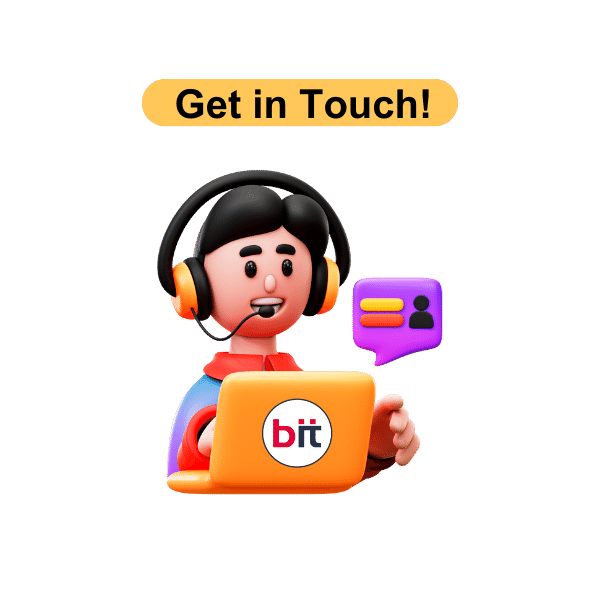|| Web Design Training in Surat
Unlock your creative potential with our comprehensive Web Design Course in Surat, designed to equip you with essential skills and knowledge for creating stunning, user-friendly websites. Whether you're a beginner eager to start a career in web design or a professional looking to enhance your existing skills, this course offers the perfect blend of theoretical insights and practical experience. Dive into the fundamentals of HTML and CSS, explore advanced design principles, and learn to create responsive, visually appealing websites that provide an exceptional user experience.
Guided by expert instructors, you’ll work on real-world projects, build a professional portfolio, and join a vibrant community of learners and professionals, all while gaining the confidence and expertise needed to succeed in the dynamic field of web design. Our Web Design training in Surat provides the tools and resources you need to take your skills to the next level. Through hands-on projects, you will explore the power of Bootstrap, JavaScript, and jQuery to create captivating and interactive websites that will leave a lasting impression.
As you progress through the Web Design in Surat course, you’ll master the responsive magic of Bootstrap, learning how to design sleek, mobile-friendly websites. Additionally, you’ll uncover the flexibility of CSS preprocessors and prebuilt components, which will empower you to build websites that are both professional and efficient. With Web Development training in Surat, you’ll also learn client-side scripting with JavaScript to add dynamic interactivity to your websites, from user authentication to data manipulation, creating immersive user experiences.
By the end of the Web Design Course in Surat, you will have mastered the art of DOM manipulation, event handling, and AJAX requests with jQuery. These powerful skills will allow you to streamline your workflow and unlock a wide range of plugins and animations that will transform your web development process. Join us in Surat to take part in a transformative learning journey and create web designs that stand out in today’s competitive digital world. Whether you’re looking to start a career or elevate your existing skills, our Web Design training in Surat is the perfect way to achieve your goals.




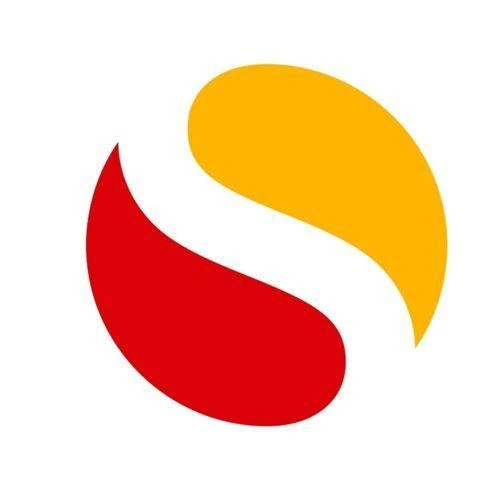
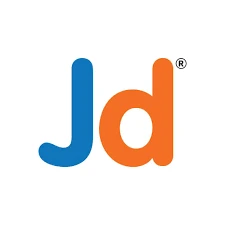
 4.8 (21,636) reviews
4.8 (21,636) reviews
 HTML5
HTML5
 CSS3
CSS3
 TAILWIND CSS
TAILWIND CSS
 JAVASCRIPT
JAVASCRIPT
 BOOTSTRAP
BOOTSTRAP
 ANGULAR JS
ANGULAR JS
 REACT JS
REACT JS
 VUE JS
VUE JS
 JQUERY
JQUERY

























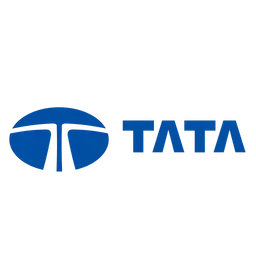

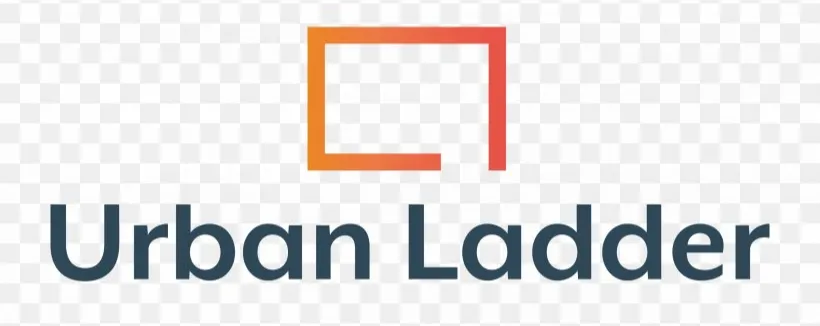











 Read more
Read more 